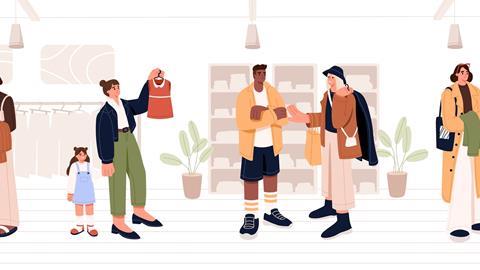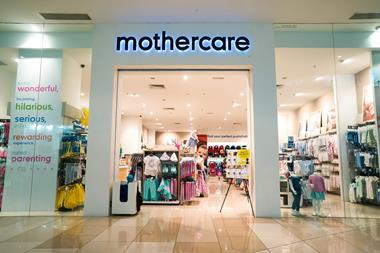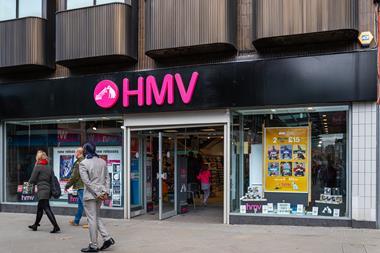Be like B&Q and make sure your retail stores are ticking all the right boxes for the modern shopper, writes Ben Sillitoe
“Customers shouldn’t fit us, we should fit them,” said Harvey Nichols store director Iain MacKenzie as he welcomed industry guests to the retailer’s Knightsbridge store in May.
MacKenzie warned retailers at Retail Week’s Stores Week Summit that they “can’t just open the doors and hope for the best” if they want to thrive – they need to match what customers want today.
But what customers want continues to evolve. As Agile Retail chief executive Marcus Fox said, “stores are living, changing environments”, and they should be positioned for the “multi-mission customer journey”.
Do it if you B&Q it
Against this backdrop, DIY retailer B&Q is a trailblazer.
B&Q is changing its entire click-and-collect process in its Halesowen store by implementing lockers that allow online shoppers to self-serve when they enter the shop. These extra-large lockers facilitate oversized shops too, with room for a trolley so consumers can simply wheel purchases straight to the car park.
Candice Ohandjanian, UK and Ireland retail director at Parcel Pending by Quadient, told the summit: “What this does is provide a practical seven-second service to click-and-collect shoppers who don’t need to wait around in a queue anymore.
“Alongside that, staff can be deployed to serve other shoppers who need advice and assistance.”
That is a great example of serving the multi-mission customer who Fox talked about.
“If we can merge together all the benefits of our physical stores, thelocker service and accessibility we’re building, I think we’ve got something that’s unique”
Chris Bargate,B&Q
B&Q strategy and development director Chris Bargate said the lockers help create “a more convenient click-and-collect service” in its shops, while the retailer’s strategy of combining its physical and digital assets is “fuelling” the business right now.
“Looking at the stats, we see young customers want the store to save them time,” he noted, adding that around 50 B&Q stores are now dual-operated as fulfilment centres to better serve a burgeoning online shopper base.
The work the retailer is doing in its stores is supporting its new online marketplace, too, giving these customers more certainty and greater options.
“If we can merge together all the benefits of our physical stores, [the locker service] and accessibility we’re building, I think we’ve got something that’s unique,” he said of B&Q’s store-centred ecommerce operations.
Partner power
Retailers realising they cannot do everything themselves and finding the right partners to work with is part of what makes a suitable modern store.
Whether that means bringing in fresh technology, a new delivery partner or another third-party services provider, collaboration enables retailers to evolve quickly. Try 10 things and stick with the one that works, said Bargate – now is the time to be experimental.
Ohandjanian added: “Unusual partnerships such as Deliveroo and WHSmith, or Currys and Uber, are starting to crop up that were unthinkable pre-pandemic, but retailers are playing to their strengths and seeking support where needed for the good of their businesses.”
B&Q is using partners to do many different things – it now operates shop-in-shops in Asda, for example, which are popular with click-and-collect customers, and it has also launched a product hire business alongside Speedy Hire.
“Consumers think in moments – not the channels we talk about in industry circles”
Candice Ohandjanian, Parcel Pending by Quadient
The latter partnership has a sustainability angle as consumers increasingly look for more circular business models, with in-store tie-ups driving the green agenda likely to become even more popular in the year ahead.
Whatever store strategy you are planning – be it online/physical retail integration, a shift to more convenient service or a sustainability play – retailers might want to take a look at B&Q for some thought leadership; the company is trialling lots of new ideas, and quickly.
And as Ohandjanian observed: “Consumers think in moments – not the channels we talk about in industry circles – so get into their heads and design your stores to suit their needs.”
- Keen to learn more about the best click-and-collect practices? Download our guide.




























